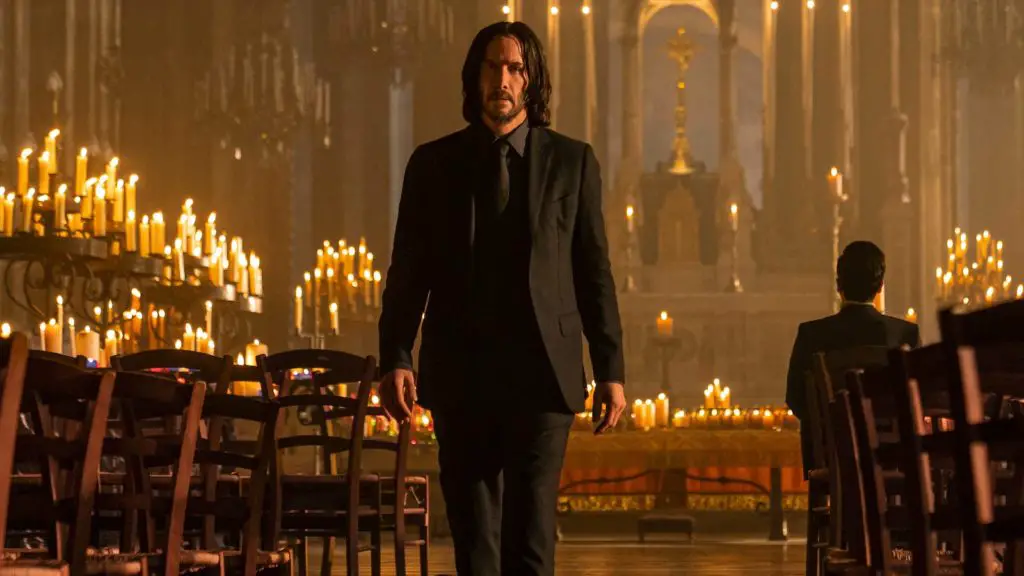
Cold (con) Fusion
Imagine, if you can, that our military complex had devised a chemical that with mere ounces was potent enough to incinerate miles of landscape. Now imagine a disgraced military commander so hell-bent on revenge that he would offer this chemical on the market for any group with a hatred of international commerce–and their own Pay-Pal account. And further try to imagine if the fate of the world rested on the shoulders of two guys named Arlo and Mason played by actors named Cuba and Skeet. Well thankfully we don’t have to only visualize these occurrences because they have been served up for our consumption in “Chill Factor”, a film that offers us comfort with its familiarity, and entertainment in its foibles. But you will also have to imagine that you have never seen the movie “Speed”.
Not much effort was made to camouflage that this is a virtual forgery of “Speed”, another film that geminated its pedigree and was often described as being “Die Hard-on-a-Bus”. However, “Chill Factor” is enough of a carbon copy that you may need to wash the toner off of your hands by the time the credits run. Here you will find all the familiar elements; the maniacal and revenge-fueled mastermind; the reliance upon the common citizenry to bail out the neighborhood; and an incendiary device fabricated to detonate once it breaches a preset measurement. To completely abandon any pretext of originality, the writers, Drew Gitlin and Mike Cheda, take their flattery-via-imitation to the base level by even mimicking that threshold number in “Speed”, converting 50 mph into 50 degrees Fahrenheit. Why not just get it over with and name your movie “Temperature”?
New Kids on the Schlock
The reasons for this creative sloth were obvious, (about 120 million reasons actually) but in mirroring that film so closely you might expect some of the quality to leech through. Yet with all of the borrowed elements at their disposal they managed to fail on each count. Gone is the drama and anxiety, as well as the action which, though nicely shot, was not up to the measure of the forebear. Even the attempts at lighthearted banter thudded like a chunk of ice dropped from an airline lavatory. However, there is little mystery behind the shortfall.
It was clear that the production staff, for reasons that seem to defy common sense, was intent on populating their cast and crew with newcomers in most of the key positions. Director Hugh Johnson was actually quoted saying, “We wanted actors who had never actually done action roles before.” This may have been a comfort to Johnson since this was his first feature after a career lensing TV commercials. It also fits in with the overall theme of the staffing process, as producer James Robinson touted that they were seeking “…up-and-coming talent, in front of and behind the camera.” So, basically you have a team of rookies being given the reins of a $40 million budget that ballooned to nearly $70 million. I wonder if Mr. Robinson is likely to give teen-aged kids the keys to his Viper and a fifth of bourbon, because with this movie he gets the same disastrous result.
The novice streak stretched all the way to the script, as this was the first screenplay for both writers. Mike Cheda was a studio suit at Disney and HBO, and Gitlin was a touring tennis player for years before working at Warner’s record division. Morgan Creek had their script for some time and knew it needed some reworking, so they brought in a regarded author Caleb Carr with some film writing background to help. Carr is known for his best seller, “The Alienist”, yet after working on “Factor” his name disappeared off the credits…a wily move. Without this smudge on his resume he was free to move on to write the upcoming “Exorcist IV”.
The rest of the cast is rounded out with other first-time entrants of one form or another. British actor Peter Firth breaks from his stuffy stage background and steps into the action mode as the heavy, a scenery-chewing role that is better suited for John Travolta, or maybe only Eric Roberts. It is a one-note character and he does his damnedest to make that note sing, the poor guy. Hudson Leick was a better fit as a commando, with her experience from the television series “Xena” serving as a nice launch onto the big screen. Only David Paymer bucks the trend and comes off looking good, turning in the lone noble performance as the lead scientist. But that error gets fixed as he is killed off within the first fifteen minutes.
The story conintues in part two of MILK CARTON CINEMA: “CHILL FACTOR”>>>
Got your own opinion? Tell everyone in Film Threat’s BACK TALK section! Click here>>>
